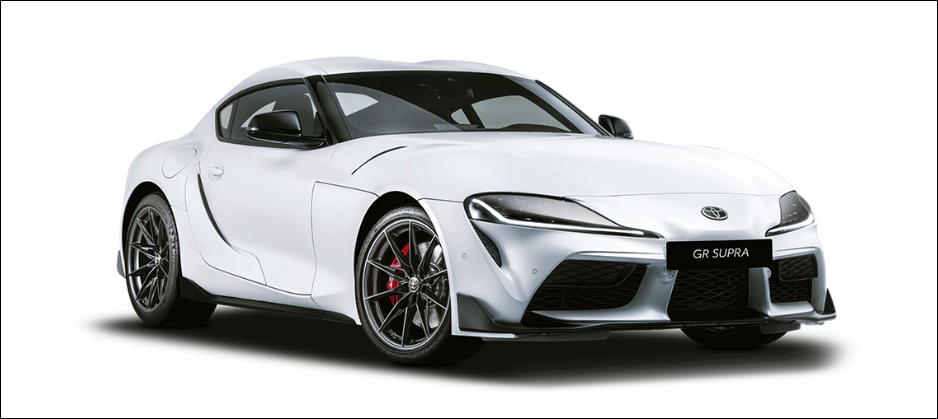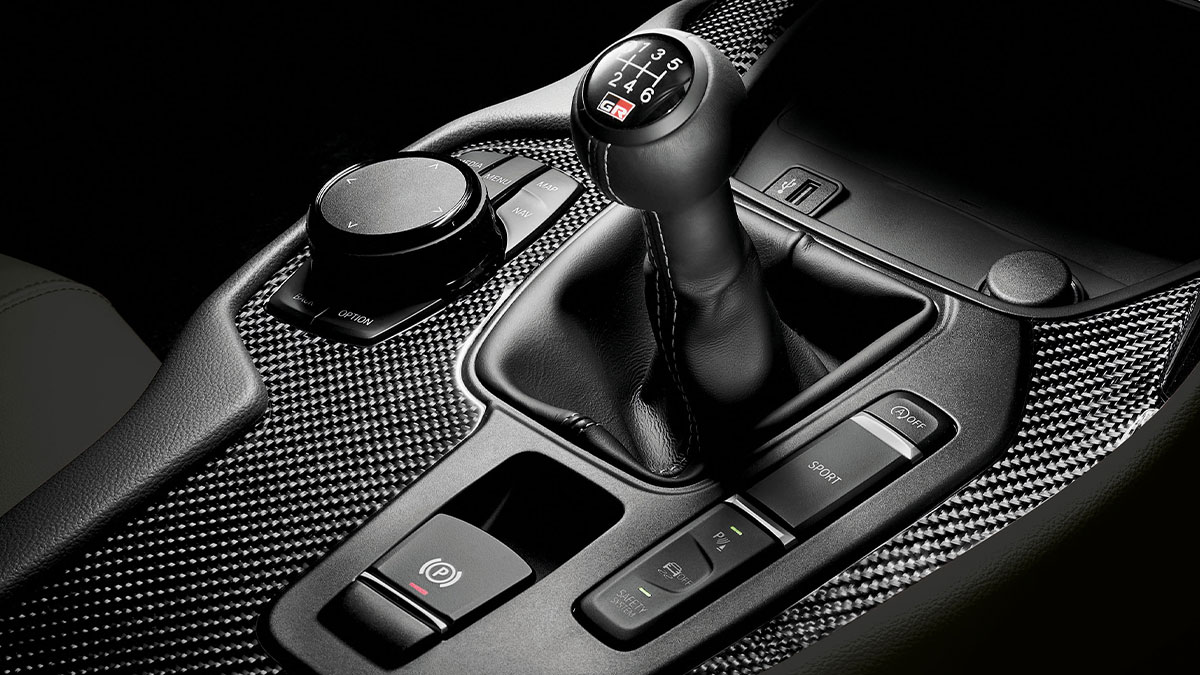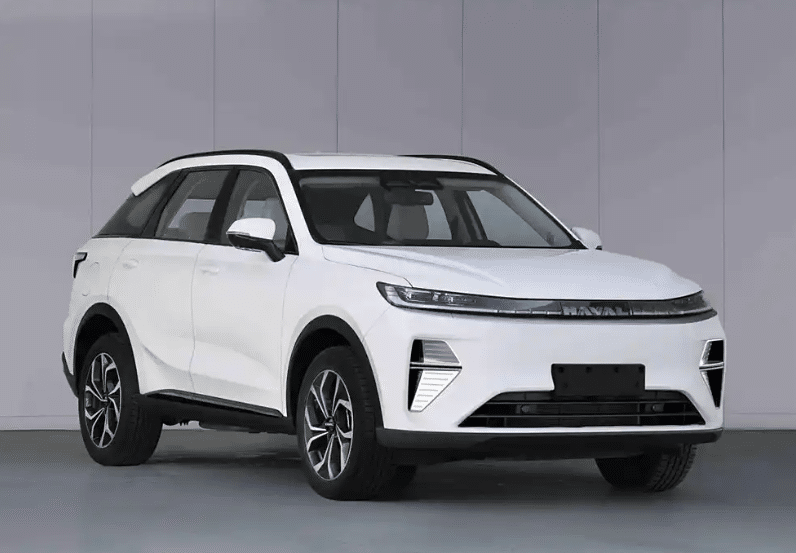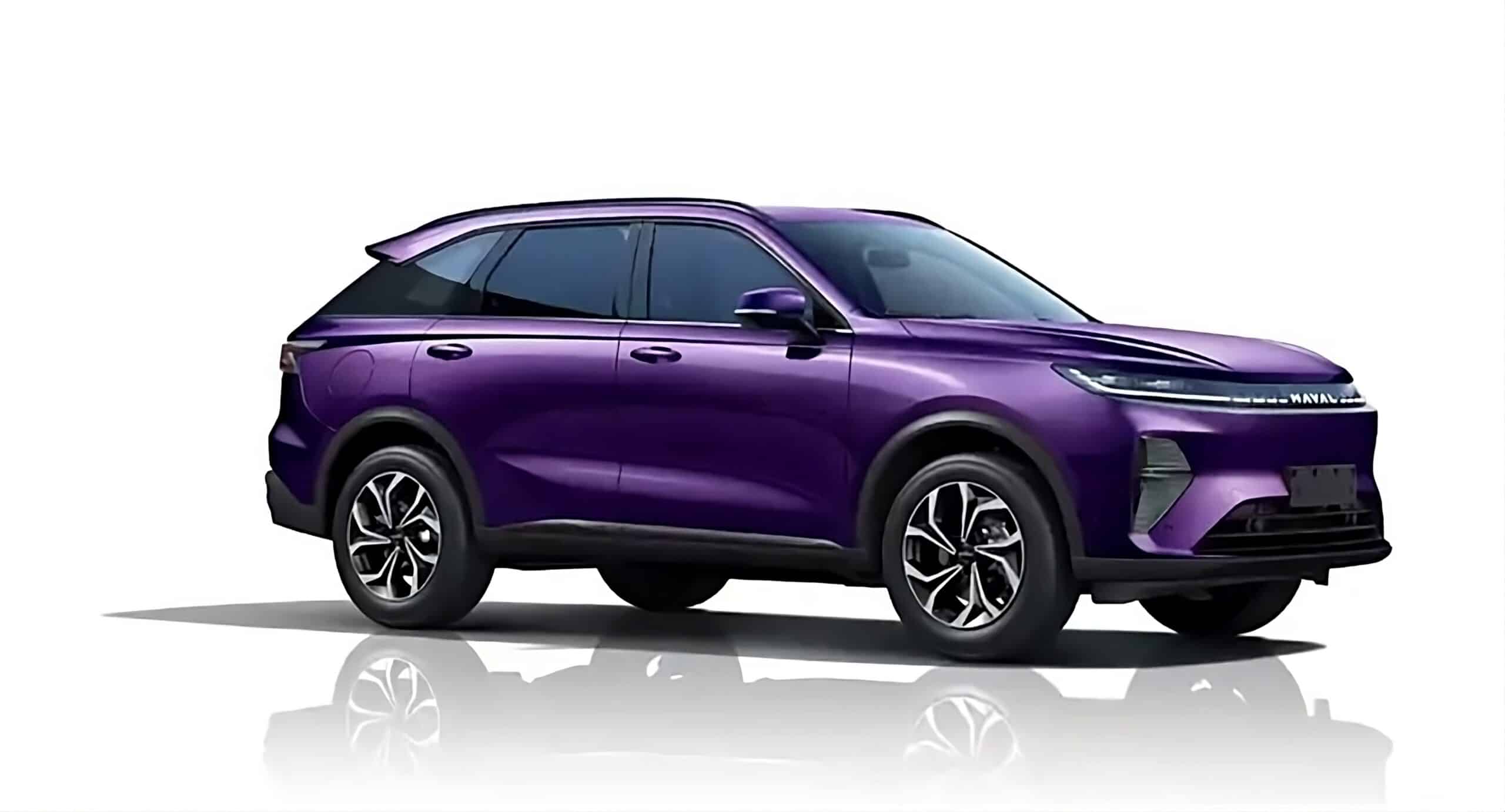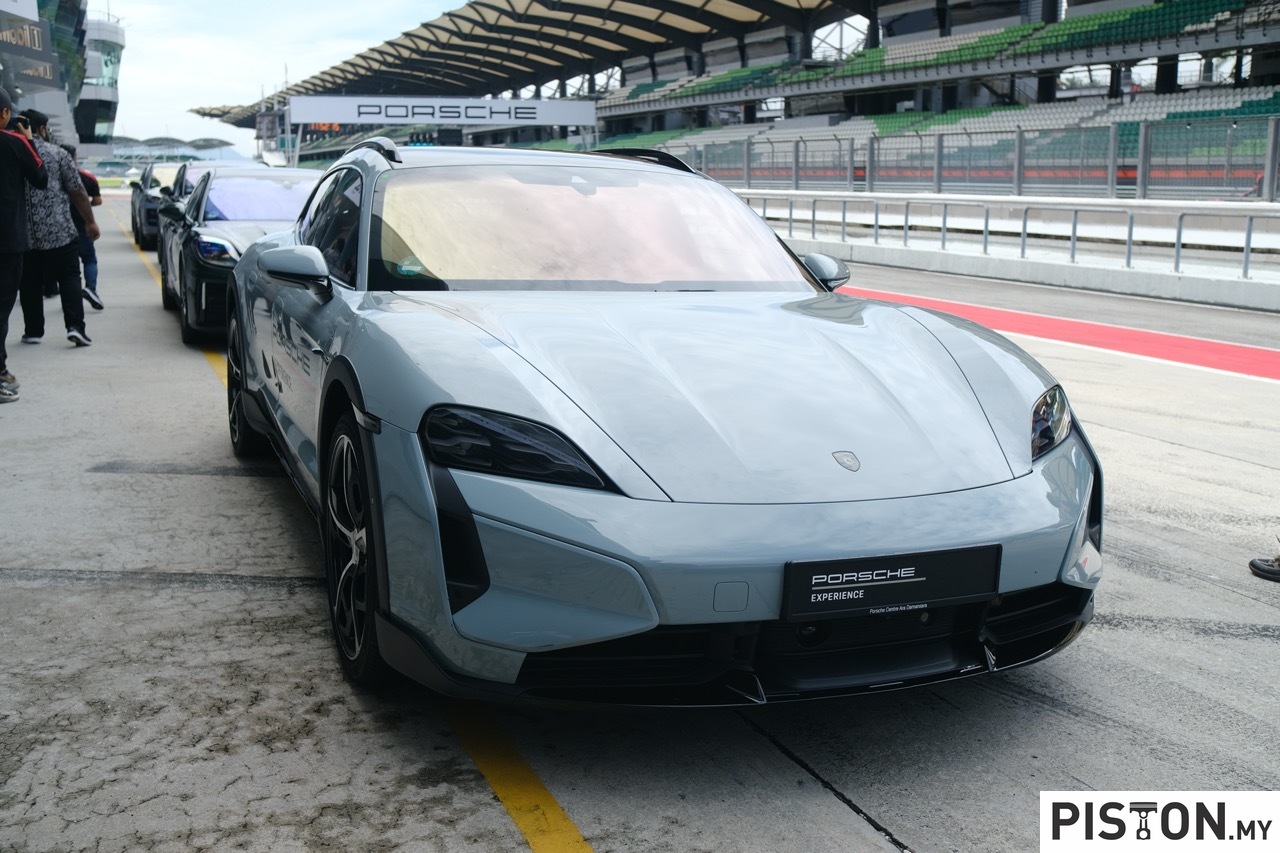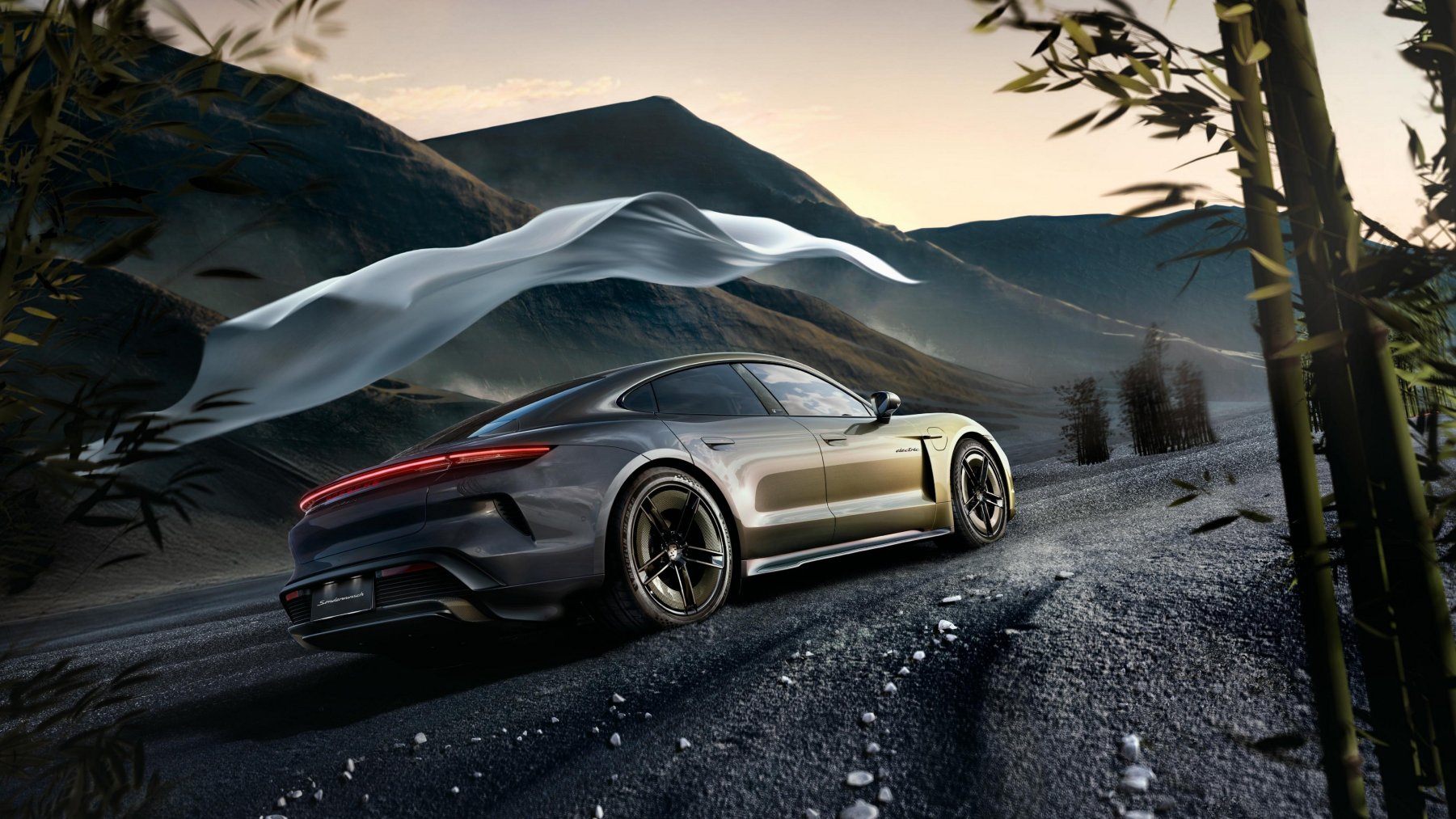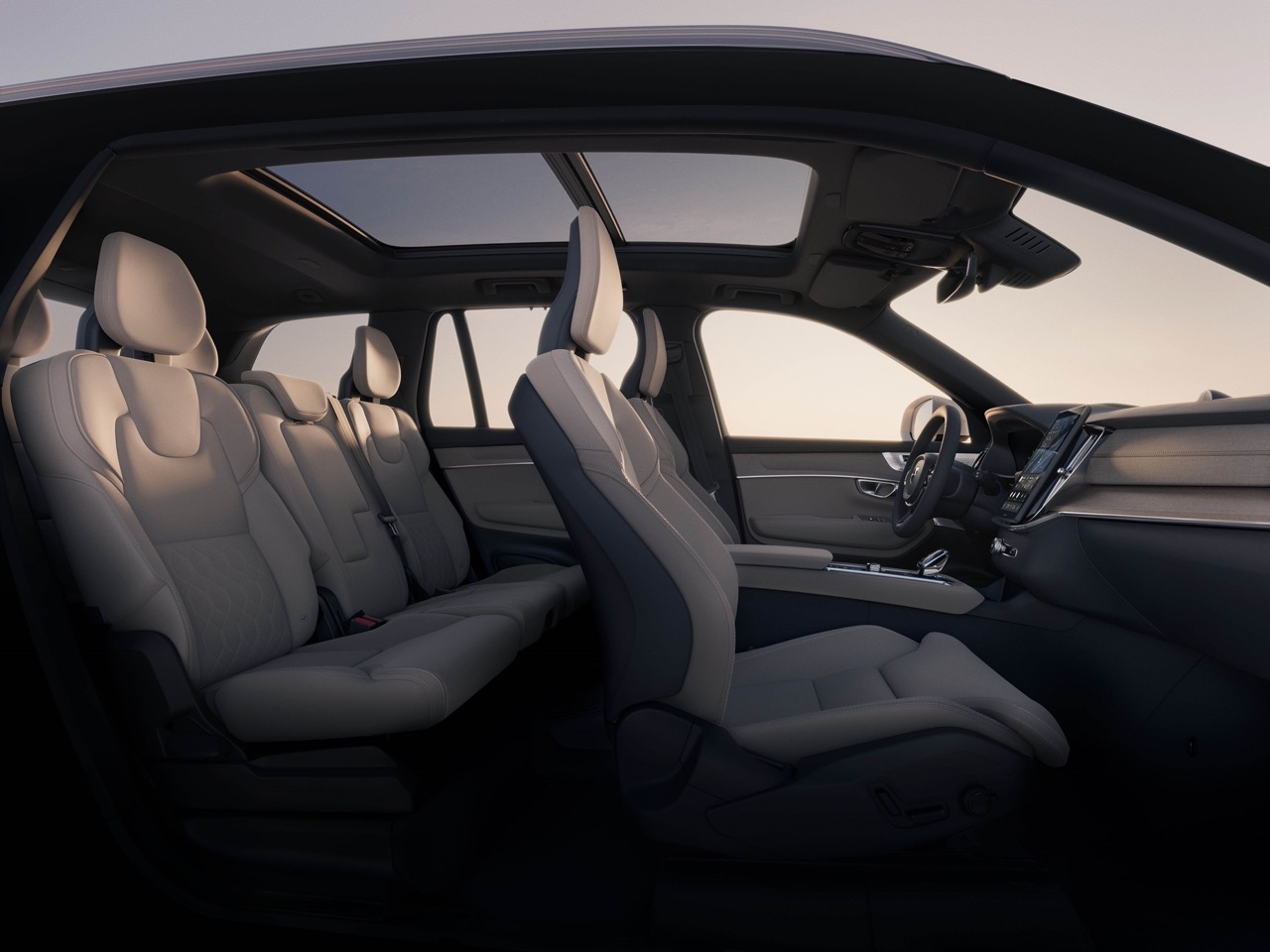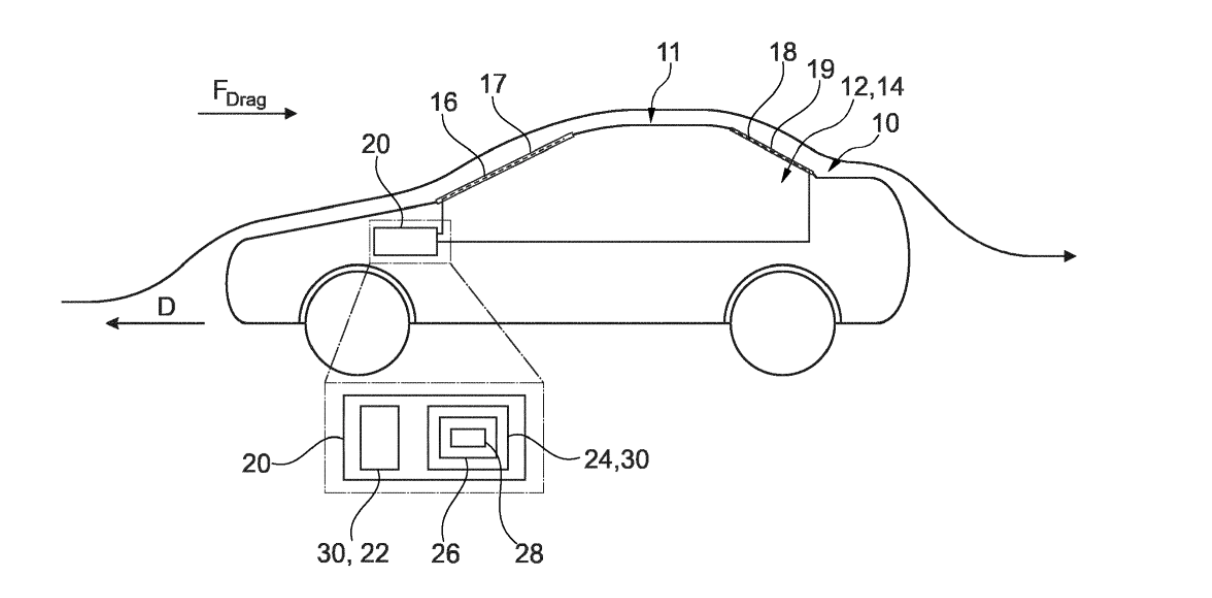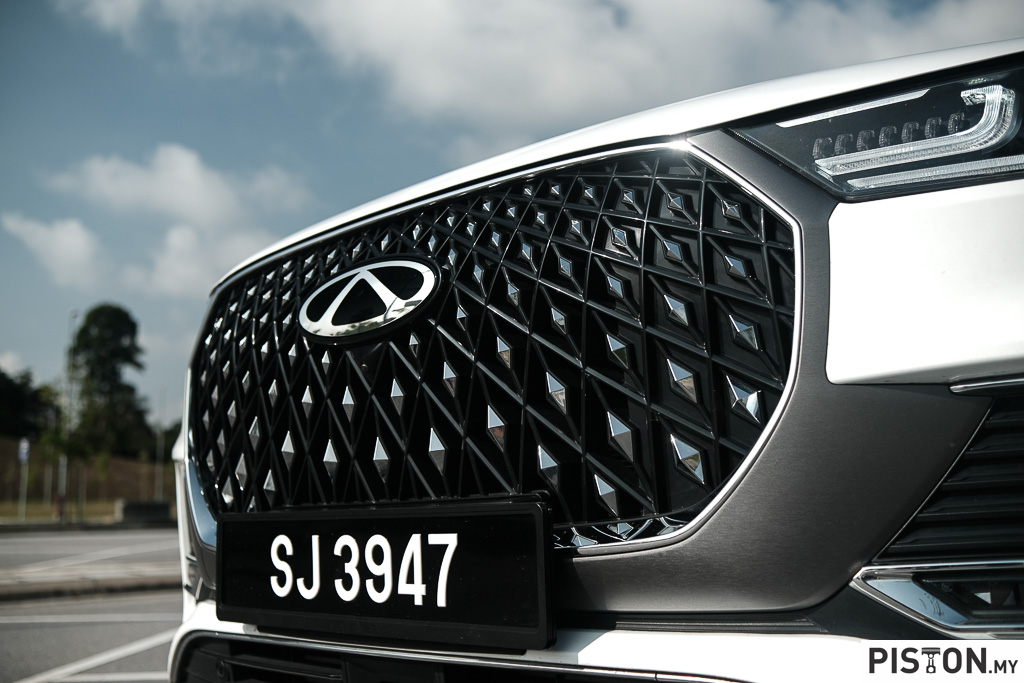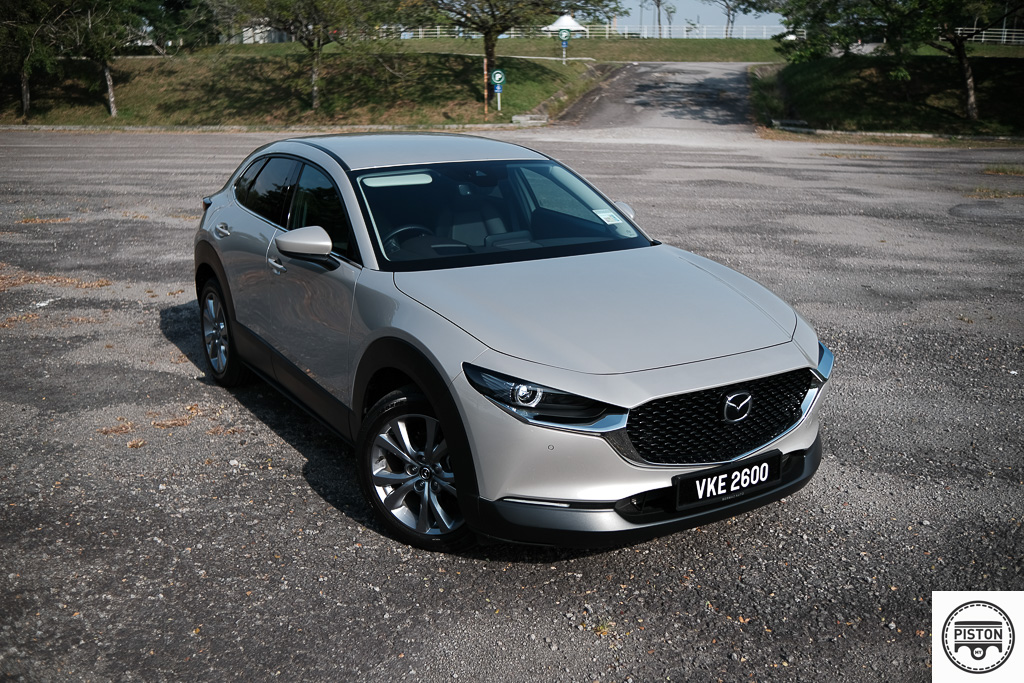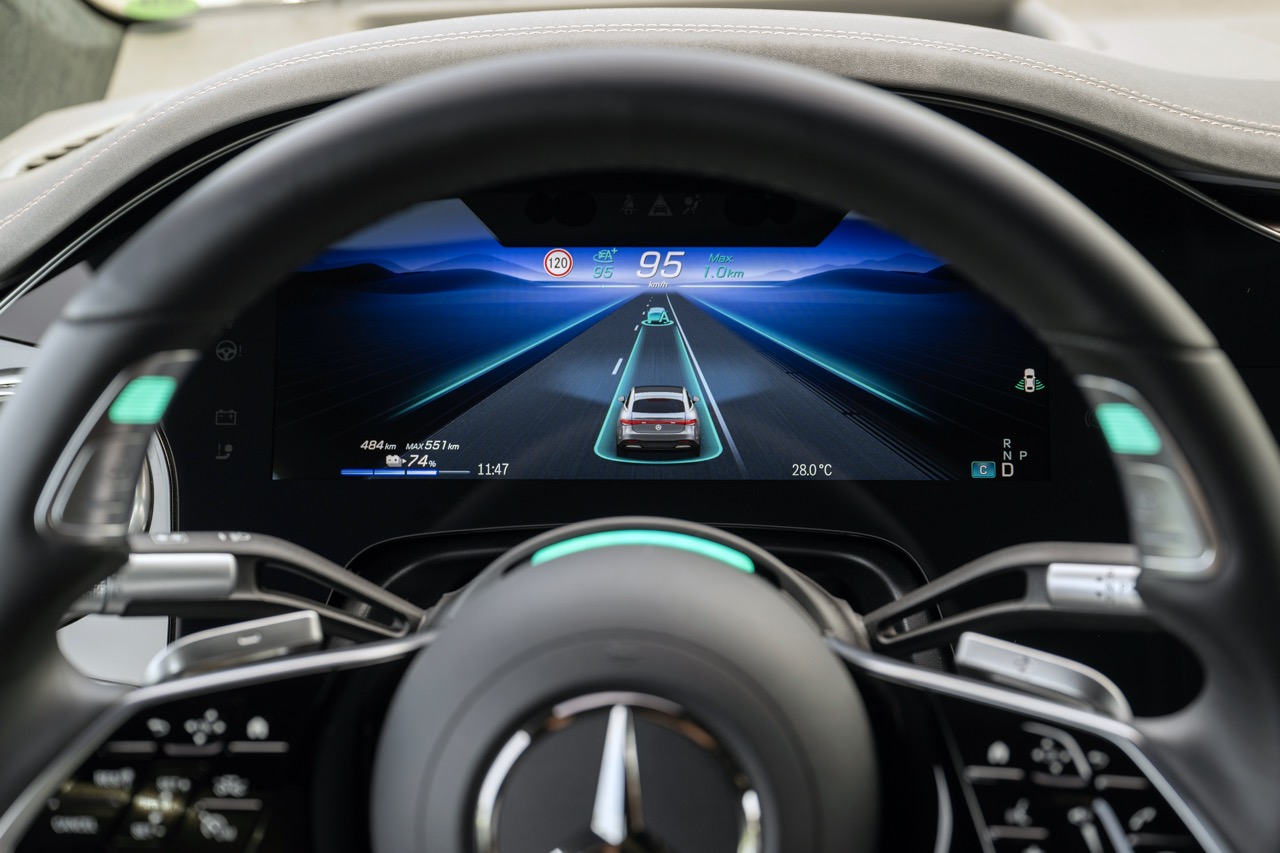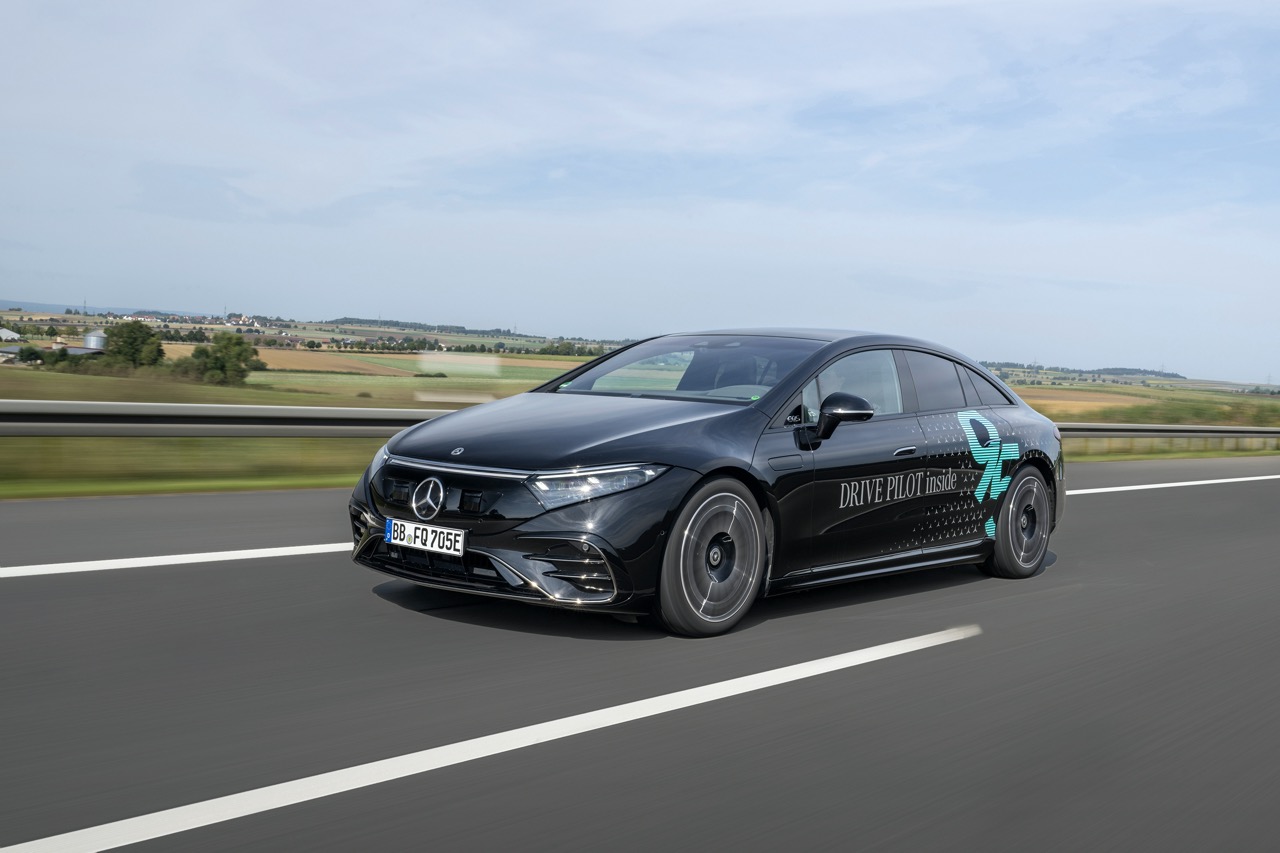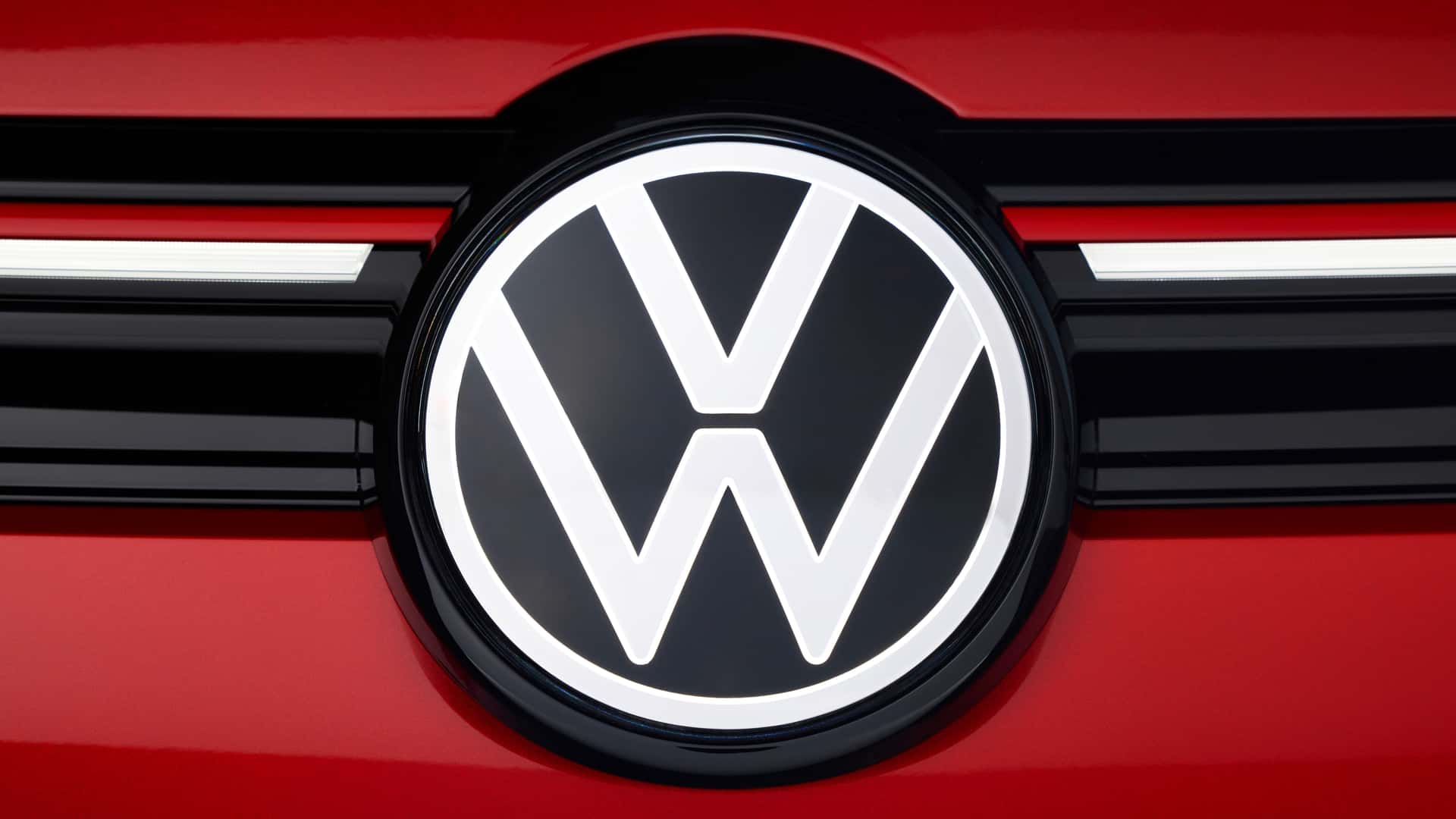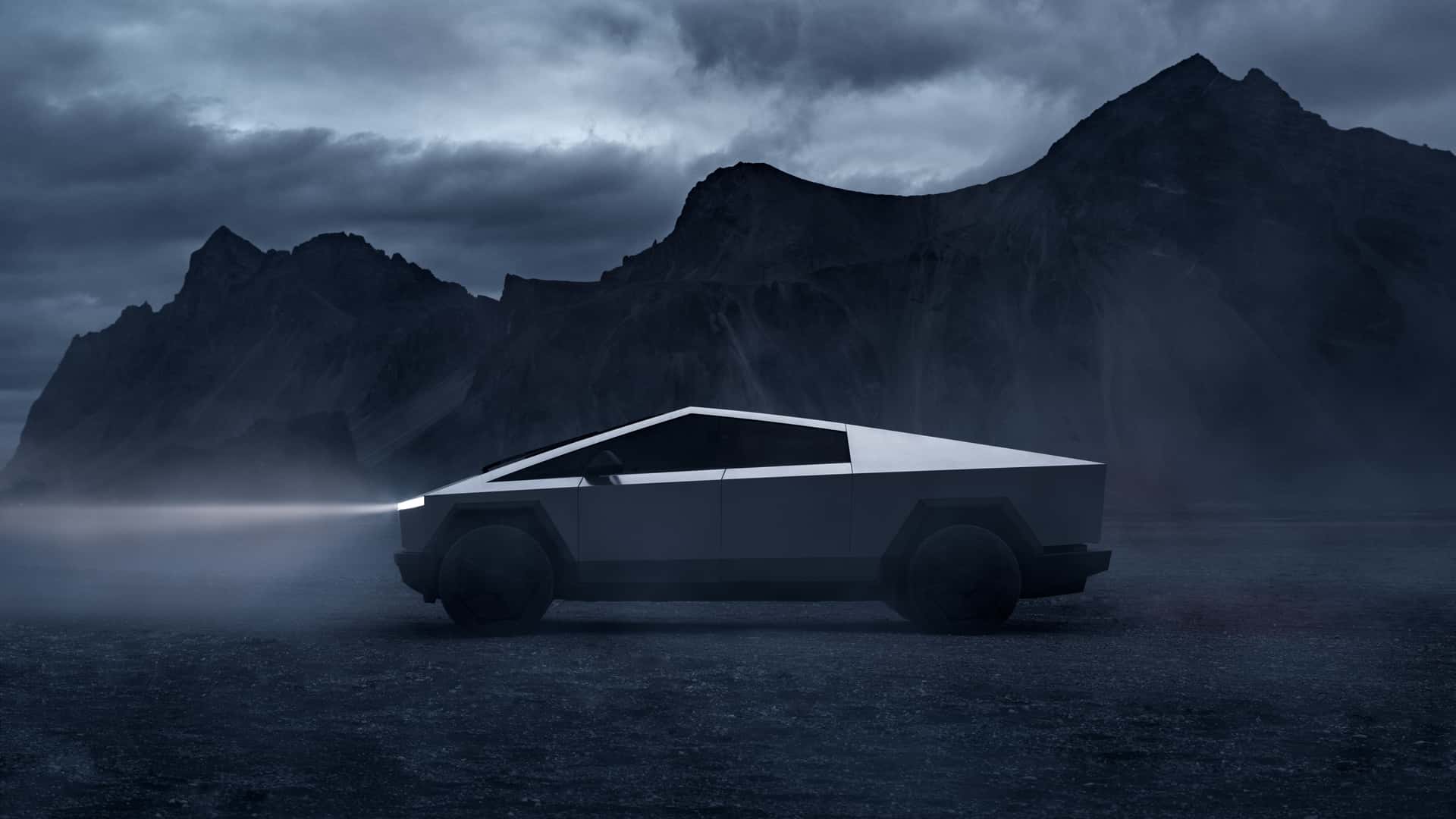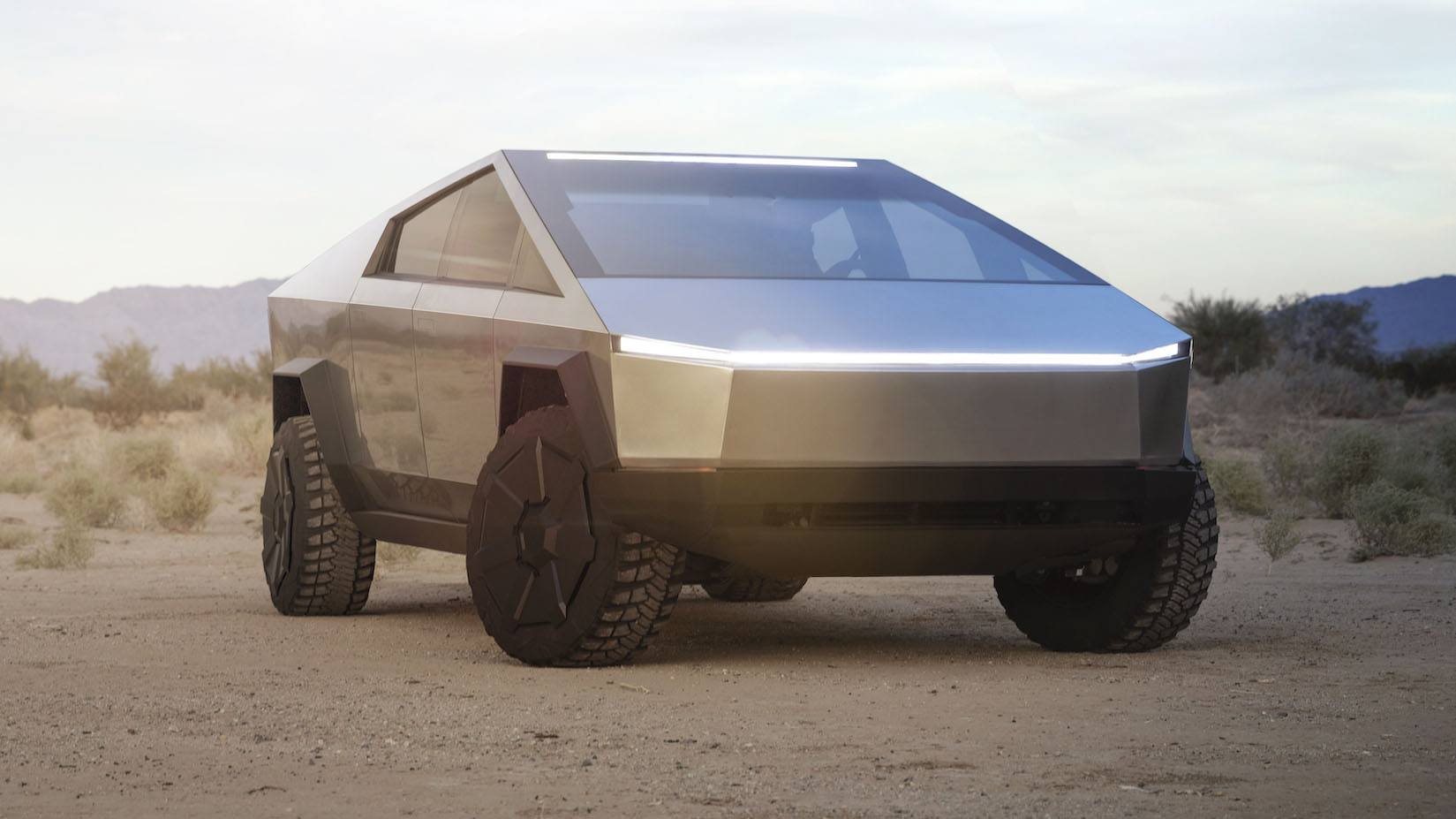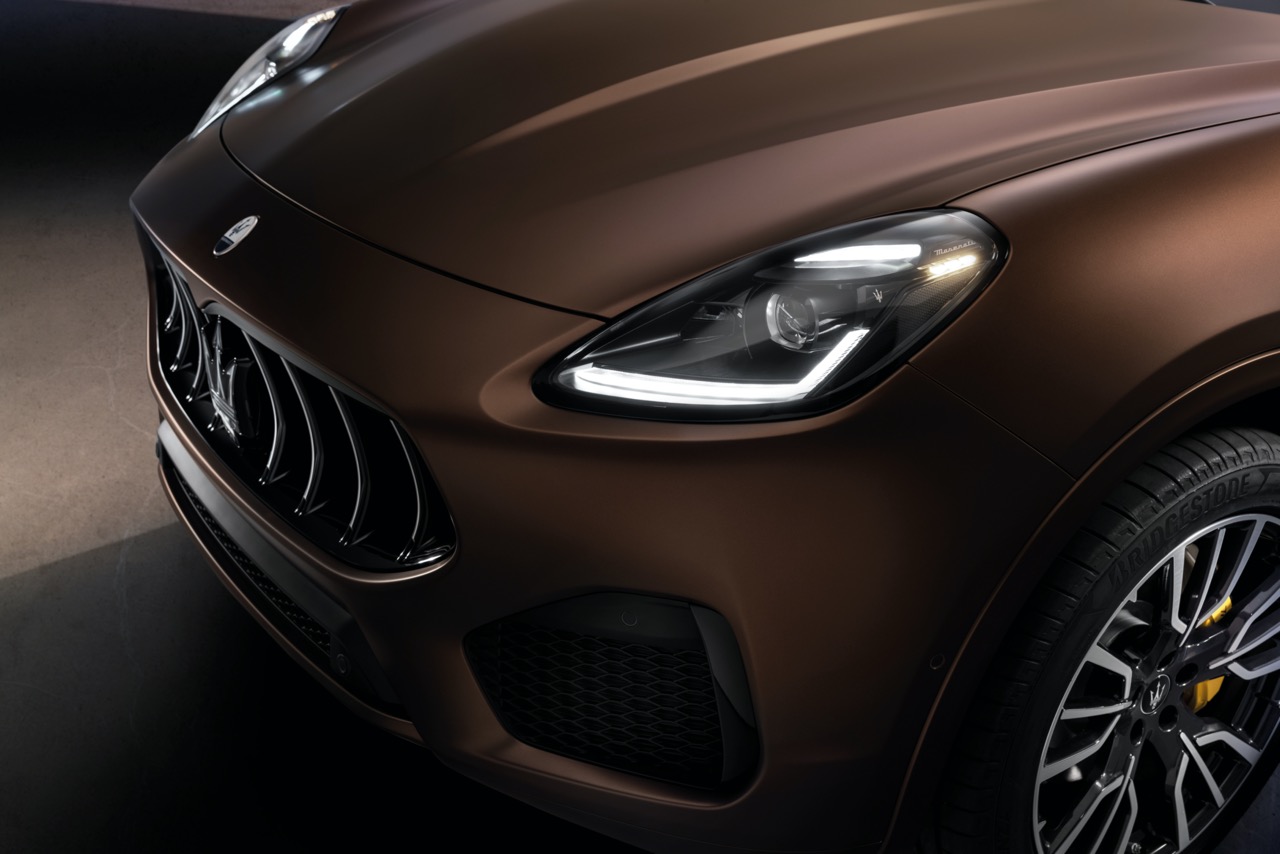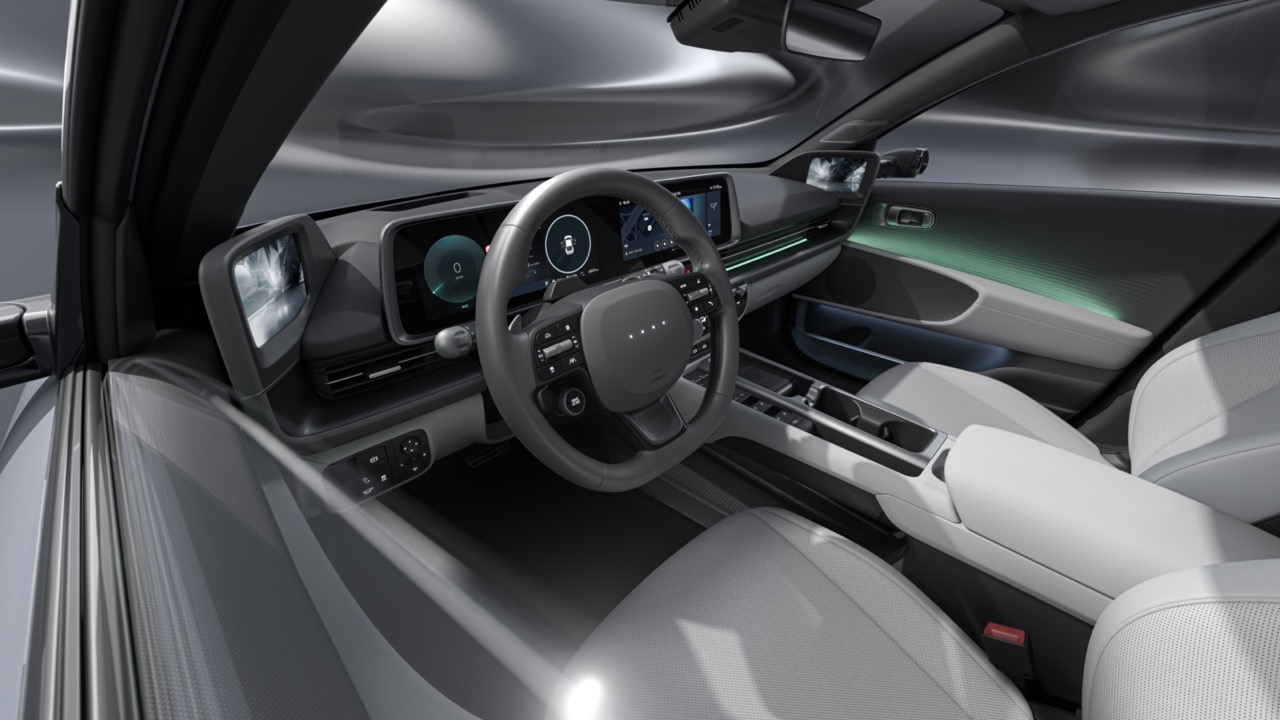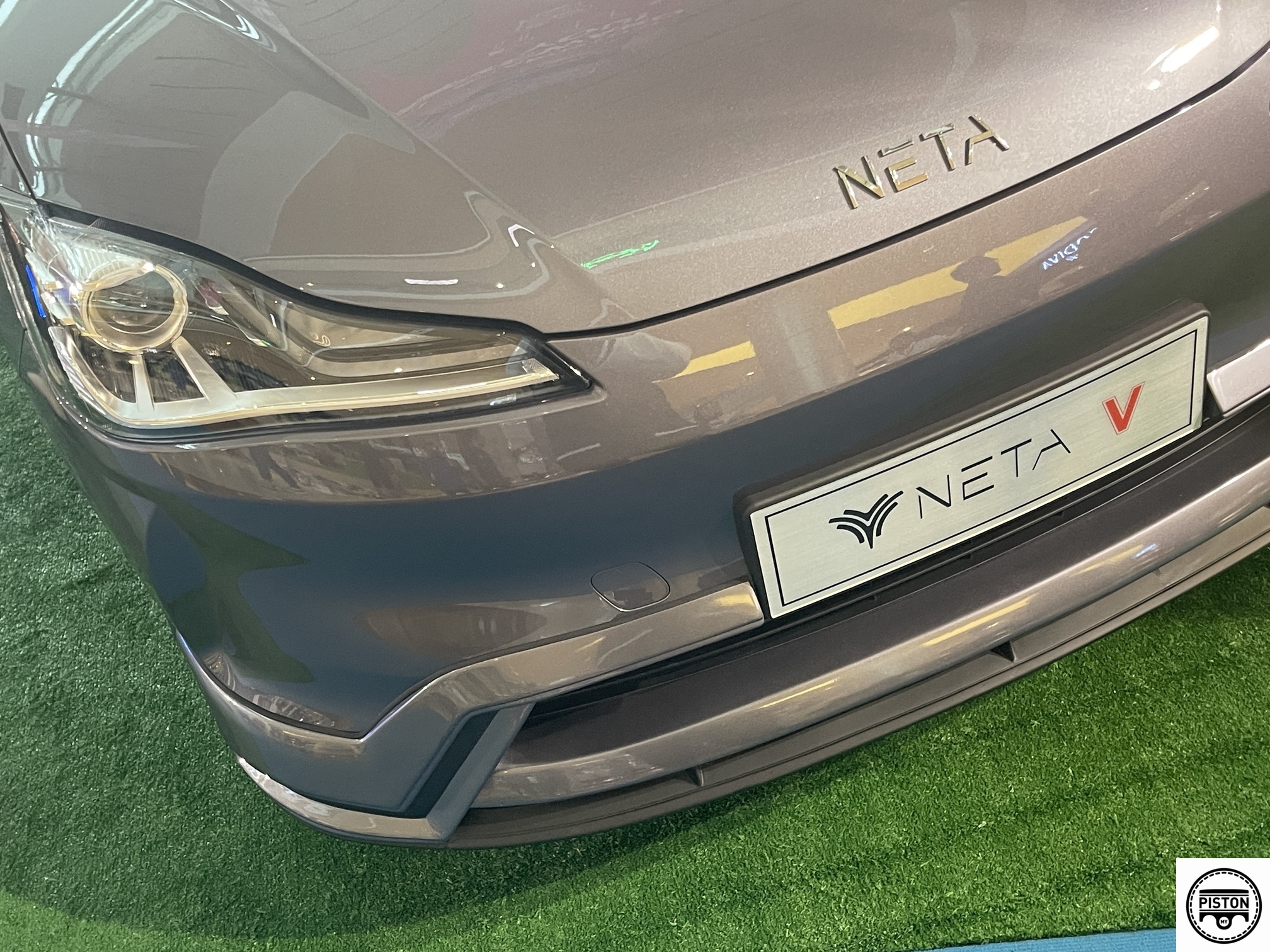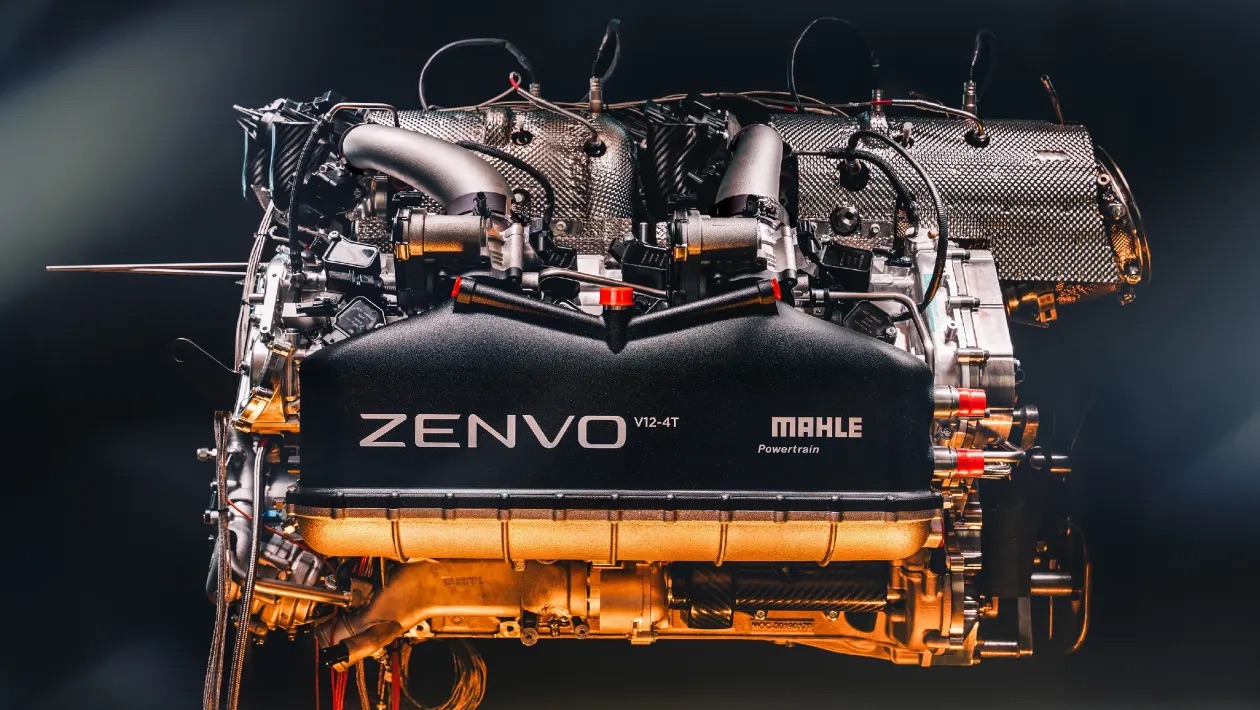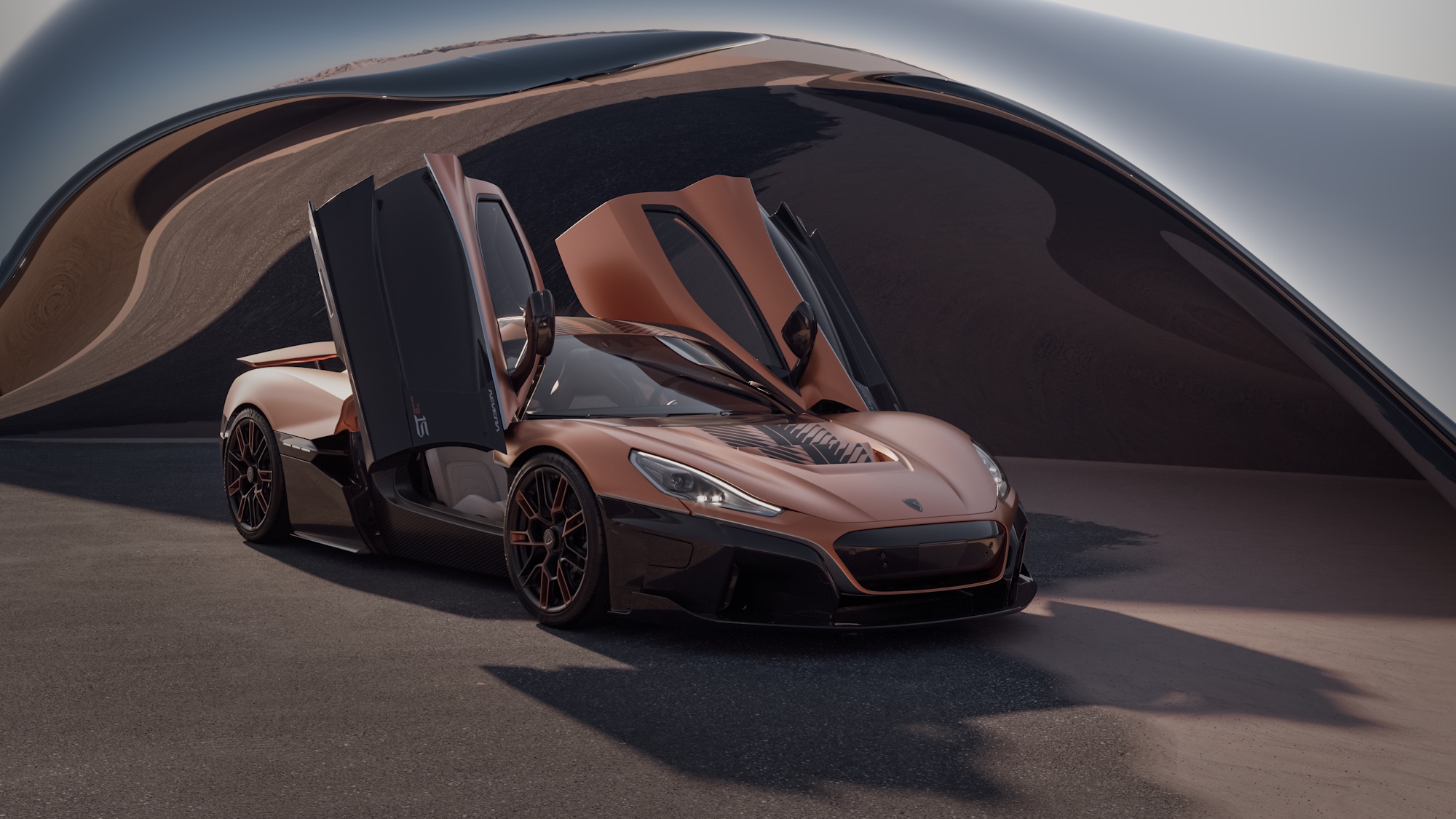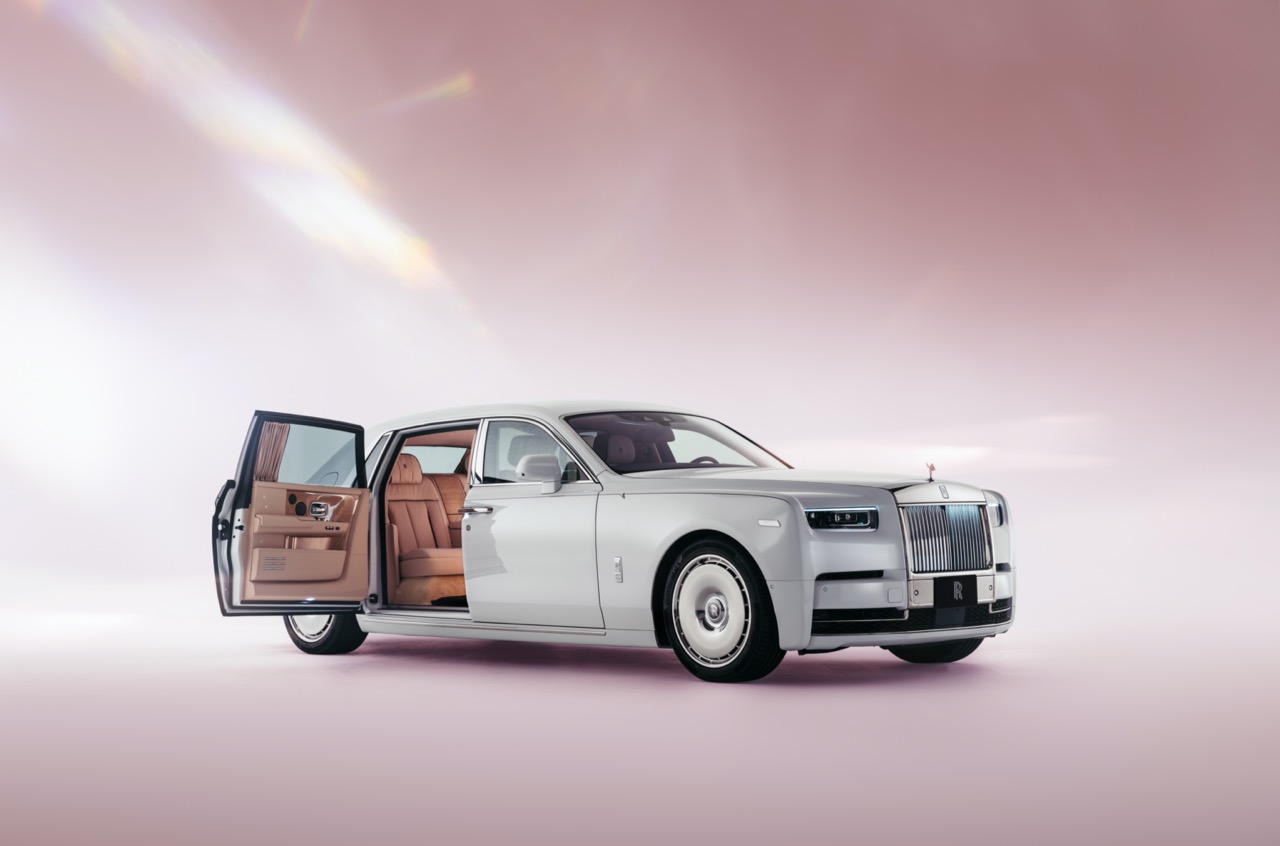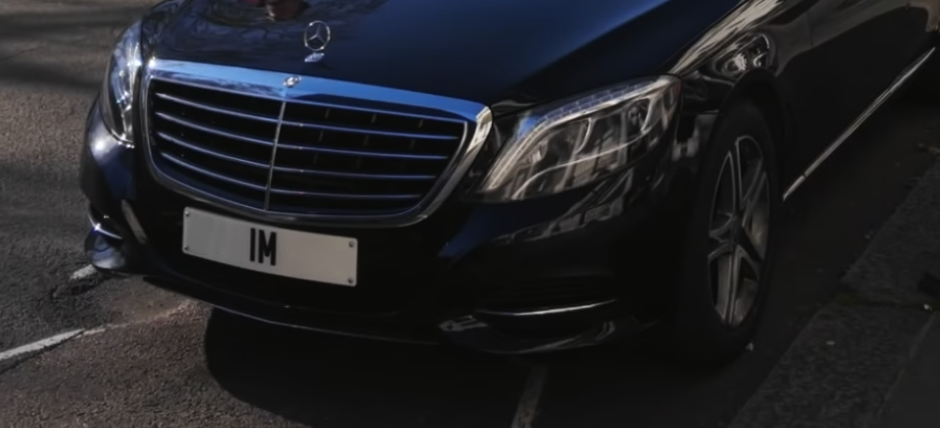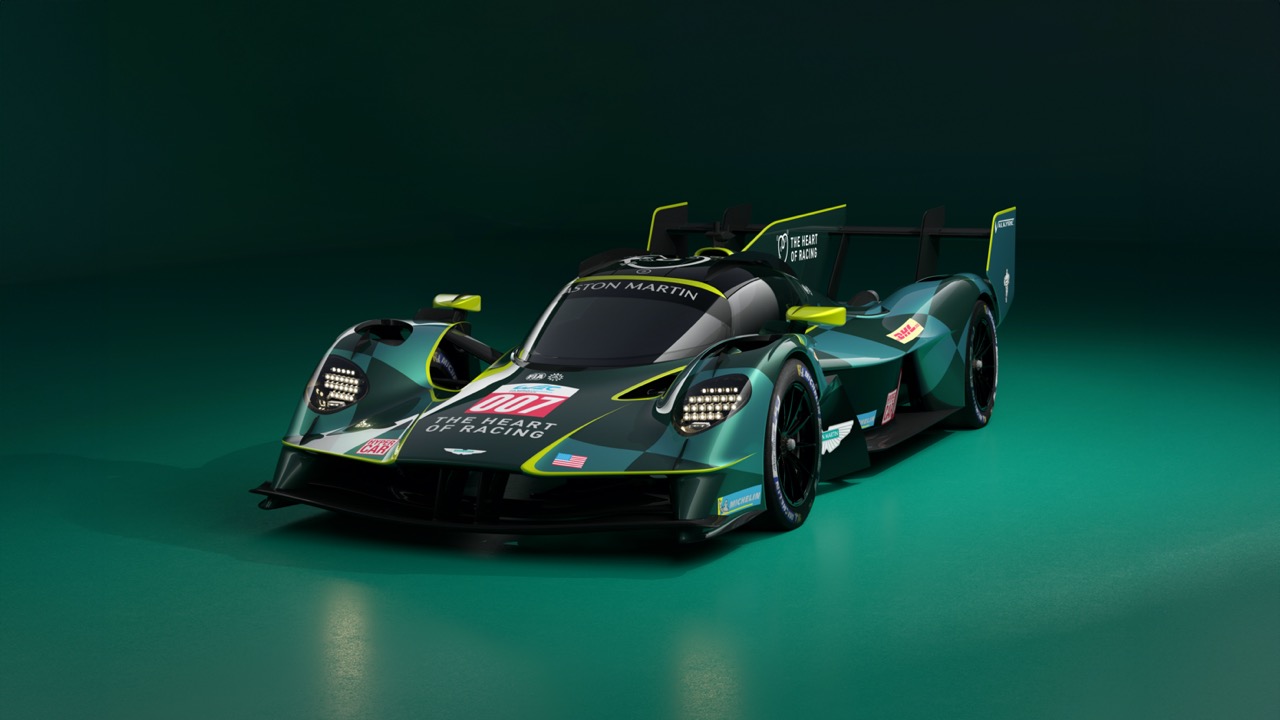Toyota’s decision to introduce a manual transmission option for the GR Supra in mid-2023 has paid off, with the three-pedal variant gaining traction among enthusiasts. In 2024, 65% of all Supras sold in the U.S. featured a manual gearbox, up significantly from the 43% take rate in 2023. While the numbers remain relatively small—2,615 Supras were sold in the U.S. in 2024, with 1,700 being manuals—the shift signals a growing appetite for more engaging driving experiences.
The increased manual adoption coincides with changes to the Supra lineup. Toyota phased out the automatic-only, four-cylinder base model partway through 2024, potentially influencing the manual take rate. With the entry-level Supra no longer available, buyers seeking a purist driving experience gravitated toward the manual-equipped, six-cylinder models.
GR Supra Manual Success Mirrors Broader Trends
The GR Supra wasn’t Toyota’s only sports car to see strong manual sales. The GR86, a staple among driving purists, saw 53% of its 11,426 units sold with a manual transmission, equating to 6,056 vehicles. Even the manual Toyota Tacoma pickup made its mark, with 3,856 units accounting for 2% of the model’s total sales of 192,813.




